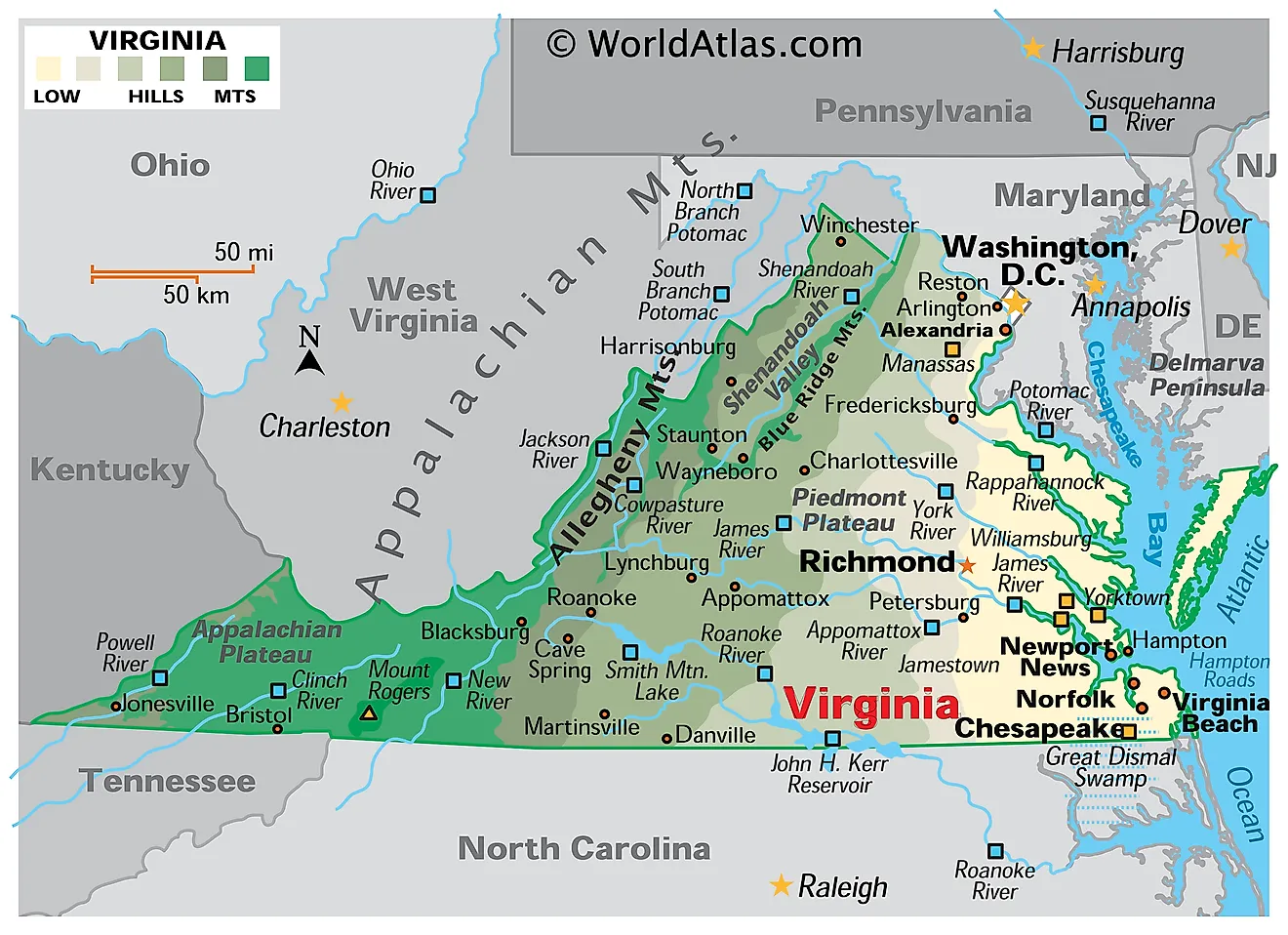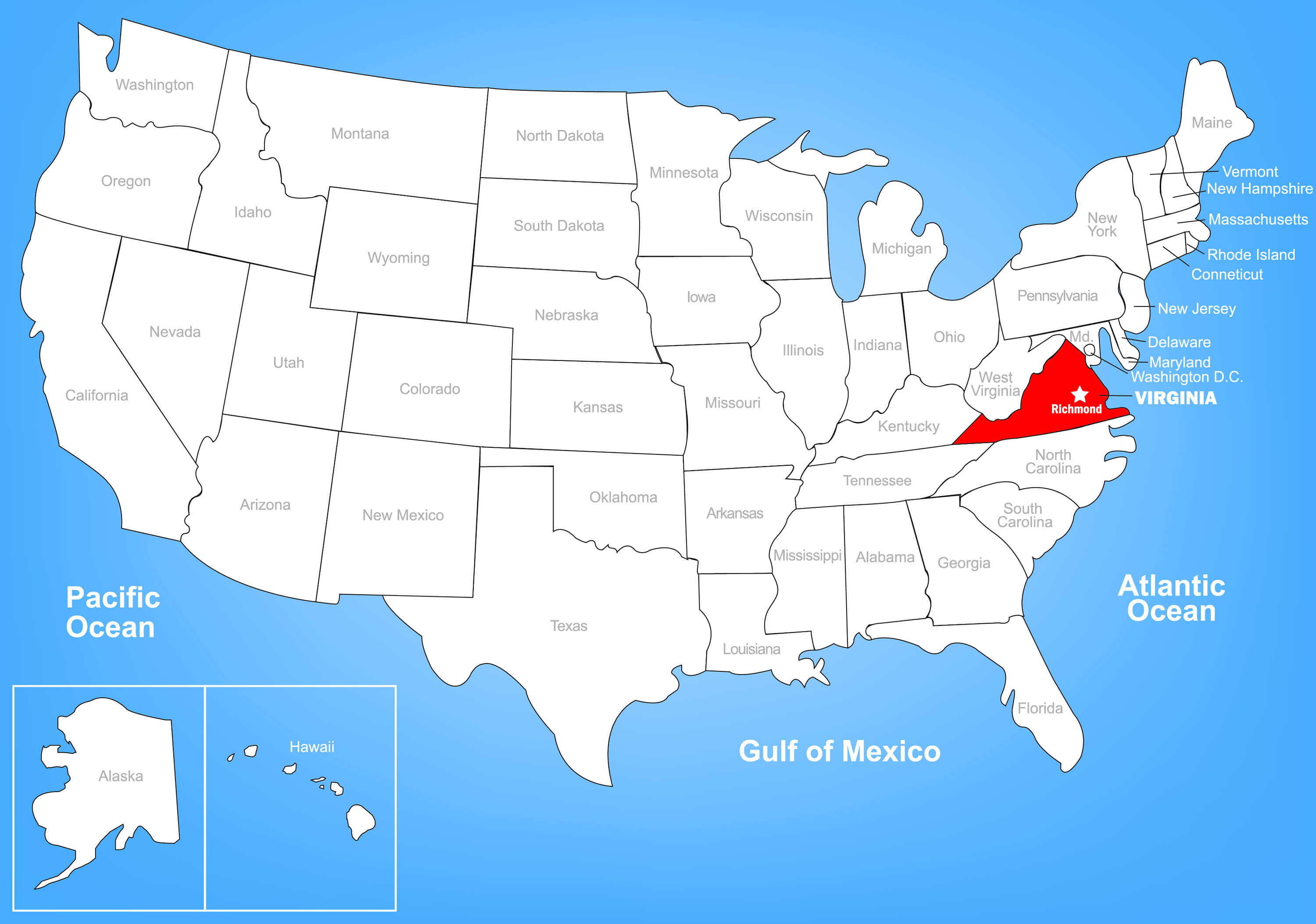Virginia Woolf - A Literary Icon Remembered
Virginia Woolf, a name that echoes through the corridors of literature, truly stands as a figure of great importance for many who appreciate written works. She was, you know, someone who helped to pioneer a whole new way of thinking about how stories could be told, moving away from traditional paths. Her contributions really shaped what we think of as modern writing, leaving a mark that, in some respects, continues to influence authors and readers even now.
Born Adeline Virginia Stephen in London back in 1882, she would, in a way, grow to become one of England's most respected writers from the middle part of the twentieth century. Her novels, as a matter of fact, took on topics with approaches that were not always in a straight line, offering a fresh perspective on storytelling. She was a writer who, quite honestly, changed her style with each new book, showing a remarkable ability to evolve her craft.
This piece will explore the life and significant contributions of Virginia Woolf, looking at her origins, her impact on literature, and the lasting legacy she left behind. We will, in other words, uncover how her early experiences and her personal drive helped her become such a towering figure in the world of letters, and how her work still resonates with people today.
Table of Contents
- The Beginnings of Virginia Woolf - A Life Story
- How Did Virginia Woolf Shape Modern Literature?
- What Was the Hogarth Press's Role for Virginia Woolf?
- Virginia Woolf's Feminist Voice - A Pioneering Stance?
- What Influenced Virginia Woolf's Unique Style?
- Her Place Among Literary Greats
- The Bloomsbury Group and Virginia Woolf
- A Look at Virginia Woolf's Legacy
The Beginnings of Virginia Woolf - A Life Story
Adeline Virginia Stephen, who later became known as Virginia Woolf, came into the world on January 25, 1882, in London, England. She was born into a rather well-to-do family, the seventh of eight children, to Julia Prinsep and Leslie Stephen. Her early life unfolded in South Kensington, a part of London that, you know, would have provided a particular kind of upbringing. These formative years, as a matter of fact, were quite important in shaping the person she would become and the way she saw the world around her.
Her family surroundings and the people who were part of her early experiences really helped to form the writer she grew into. It's almost as if these personal connections and her environment laid the groundwork for her distinctive way of seeing things. She was, in fact, a person whose background offers a lot of insight into the unique path her writing would take.
In August of 1912, Virginia married Leonard Woolf, who was a journalist. Their partnership, as I was saying, lasted until her passing. She began her formal writing career, publishing her work, in 1905. This was the start of her journey as a published author, a journey that would see her become a very well-known and respected figure in English literature. Their marriage, you know, seems to have been a lasting connection that supported her creative endeavors.
Personal Details & Bio Data
| Detail | Information |
|---|---|
| Full Name | Adeline Virginia Alexandra Stephen Woolf |
| Born | January 25, 1882, London, England |
| Died | March 28, 1941, near Rodmell, Sussex |
| Nationality | English |
| Parents | Julia Prinsep and Leslie Stephen |
| Spouse | Leonard Woolf (married August 1912) |
| Known For | Modernist novels, feminist texts, essays, criticism |
How Did Virginia Woolf Shape Modern Literature?
Virginia Woolf is, in a way, remembered for her profound influence on how stories were written and read. Her novels, you see, moved beyond simply telling things in a straight line, choosing instead to explore things through what we might call nonlinear approaches. This meant that the flow of time and events in her books could shift, mirroring, perhaps, the way thoughts and memories actually work in a person's mind. She truly helped to start this new direction in writing.
She wrote some of what are now considered truly classic works of the modernist period, including "Mrs. Dalloway" and "To the Lighthouse." These books, as a matter of fact, are celebrated for their innovative structures and their deep exploration of characters' inner lives. Her style, too, was something that changed with each new novel she put out, showing a continuous evolution in her creative expression. She was, you know, a very productive writer, always creating something new.
Many consider her to be one of the truly great stylists of English prose, meaning the way she put words together was, in fact, quite remarkable. Her writing has become something of a symbol in literature, making her a very recognizable figure. Her novels, one could say, are perhaps best described as unique explorations of human experience, pushing the boundaries of what a story could be. She was, in short, a writer who really made her own path.
What Was the Hogarth Press's Role for Virginia Woolf?
In 1917, Virginia Woolf, along with her husband Leonard Woolf, who was also a member of the Bloomsbury Group, started something rather special: The Hogarth Press. This wasn't just a casual endeavor; it began as a publishing and printing house. It was, in a way, their own venture into the world of books beyond just writing them. This press, you know, became quite successful over time.
The establishment of The Hogarth Press was, actually, a significant step for them both. It provided a means for them to publish their own works, as well as the works of others, without relying solely on traditional publishers. This gave Virginia, in particular, a certain amount of creative freedom and control over her published output. It was, basically, a place where they could bring new voices and new ideas into print.
The press, as I was saying, allowed them to experiment with different types of writing and art, fostering a space for innovative ideas. It was, in some respects, more than just a business; it was a hub for intellectual and artistic activity. This undertaking, you know, played a part in her overall literary life, providing a practical outlet for her creative and intellectual pursuits.
Virginia Woolf's Feminist Voice - A Pioneering Stance?
Virginia Woolf really made her presence known as a leading voice in literary criticism that focused on women's issues. She did this through her truly groundbreaking works, which, in a way, took on the unfairness women faced in society and the limits placed upon them. Her writings, as a matter of fact, spoke to a deep struggle for women's rights, using her words to bring about important conversations.
Among her most well-known works in this area are "A Room of One's Own" and "Three Guineas." These texts, you know, are considered pioneering because they openly discussed the societal barriers and expectations that constrained women. She wasn't just writing stories; she was, basically, challenging the established norms and encouraging people to think differently about gender roles and opportunities. Her work, quite honestly, sparked a lot of discussion.
Through her writing, Virginia Woolf showed herself to be a monumental figure, not just in literary discussions, but also in conversations about women's issues. She used her skills with words to question and to push for a more equal world. Her arguments, as a matter of fact, were powerful, laying bare the inequalities of her time and inspiring many to consider new possibilities for women. She truly had, in a way, a pioneering stance on these matters.
What Influenced Virginia Woolf's Unique Style?
Virginia Woolf's distinct way of writing, which is, you know, quite recognizable, was shaped by her early life experiences and the people who surrounded her. Her upbringing and the interactions she had, in some respects, provided the raw material for her creative mind. Understanding her background, as a matter of fact, gives us a lot of insight into why her writing took the particular form it did.
She was, quite honestly, an inventive writer of life stories, meaning she approached biography in a very new and imaginative way. For example, she wrote "Orlando," which is a playful, almost fantastical, exploration of a character's journey through centuries and genders. Then there's "Flush, a Biography" from 1933, which is, basically, a delightful and clever piece about a dog's life. These works show her willingness to experiment with the traditional forms of writing, making them her own.
Her approach to storytelling was, you know, often described as nonlinear, which means it didn't always follow a simple, straight path. This style, in a way, allowed her to explore the inner workings of her characters' minds, their thoughts, and their feelings, in a very deep and detailed manner. It was, as a matter of fact, a reflection of her own unique perspective and her desire to capture the fluid nature of human experience.
Her Place Among Literary Greats
Virginia Woolf is, without a doubt, counted among the most distinguished writers from England during the middle part of the twentieth century. She was not just a novelist, but also a thoughtful critic and an insightful essayist. Her work, as a matter of fact, places her firmly as one of the foremost modernists of her time, standing alongside other literary giants. She really made her mark.
Her name is often mentioned in the same breath as other significant figures like James Joyce, Thomas Mann, or Franz Kafka. This comparison, you know, highlights her importance in the broader literary landscape of the twentieth century. She was, basically, a central figure in the English modernist movement, a period marked by a desire to break away from traditional forms and explore new ways of expression.
In her youth, she was known for her striking looks, a kind of social beauty, and she was, you know, an author with immense talent. Her ability to craft prose, the way she used words, was truly exceptional, earning her a lasting place in English literature. She has, as a matter of fact, become something of a literary symbol, a figure that represents a certain kind of artistic excellence and intellectual depth.
The Bloomsbury Group and Virginia Woolf
Virginia Woolf was, in fact, a member of the Bloomsbury Group, a collection of English writers, intellectuals, philosophers, and artists who lived and worked near Bloomsbury in London during the first half of the 20th century. This group, you know, was known for its progressive attitudes and its rejection of Victorian-era conventions. Being part of this circle, as a matter of fact, played a role in her intellectual and social life.
At the beginning of 1924, Virginia and Leonard Woolf moved their city home from the suburbs back to Bloomsbury itself. This move meant that they were, in a way, less cut off from London society and the vibrant intellectual discussions that were happening there. It allowed them to be more connected to the artistic and literary scene, which, you know, could have certainly fueled their creative endeavors.
Her association with this group, which included her husband Leonard, meant she was part of a dynamic exchange of ideas and perspectives. This environment, in some respects, likely encouraged her innovative approach to writing and her willingness to challenge established norms. It was, basically, a hub of creativity and intellectual freedom that, as a matter of fact, suited her spirit well.
A Look at Virginia Woolf's Legacy
Virginia Woolf, who passed away on March 28, 1941, near Rodmell, Sussex, left behind a literary legacy that continues to resonate. Her work, you know, is still studied and admired for its depth and its inventiveness. She is considered a truly monumental figure in both literary circles and in discussions about women's rights. Her writings, as a matter of fact, sparked a profound push for women's equality.
Her influence stretches across various areas. She was, basically, an English author, a strong advocate for women's rights, an essayist, a publisher through Hogarth Press, and a critic. These many roles, in some respects, show the breadth of her contributions. She is, quite honestly, seen as one of the leading modernists of the twentieth century, standing alongside other important figures of her time.
Her life, though marked by struggle, was also filled with creativity. She was, you know, a writer whose work challenged gender inequalities and the limits society placed on people. Her unique voice and her willingness to experiment with storytelling forms mean that her books are still read and discussed today, offering fresh perspectives on human experience and societal structures. Her impact, as a matter of fact, remains very much alive.

Virginia Maps & Facts - World Atlas

Virginia Map - Guide of the World

Het weer in Virginia in juni